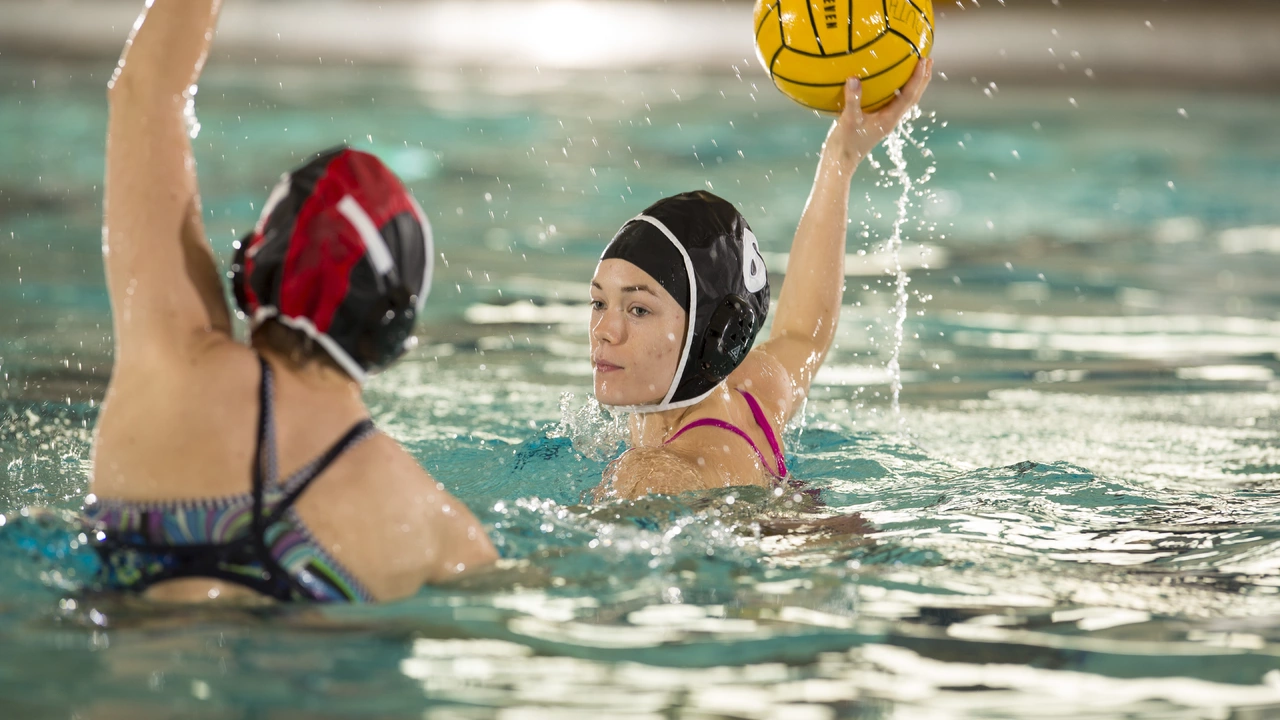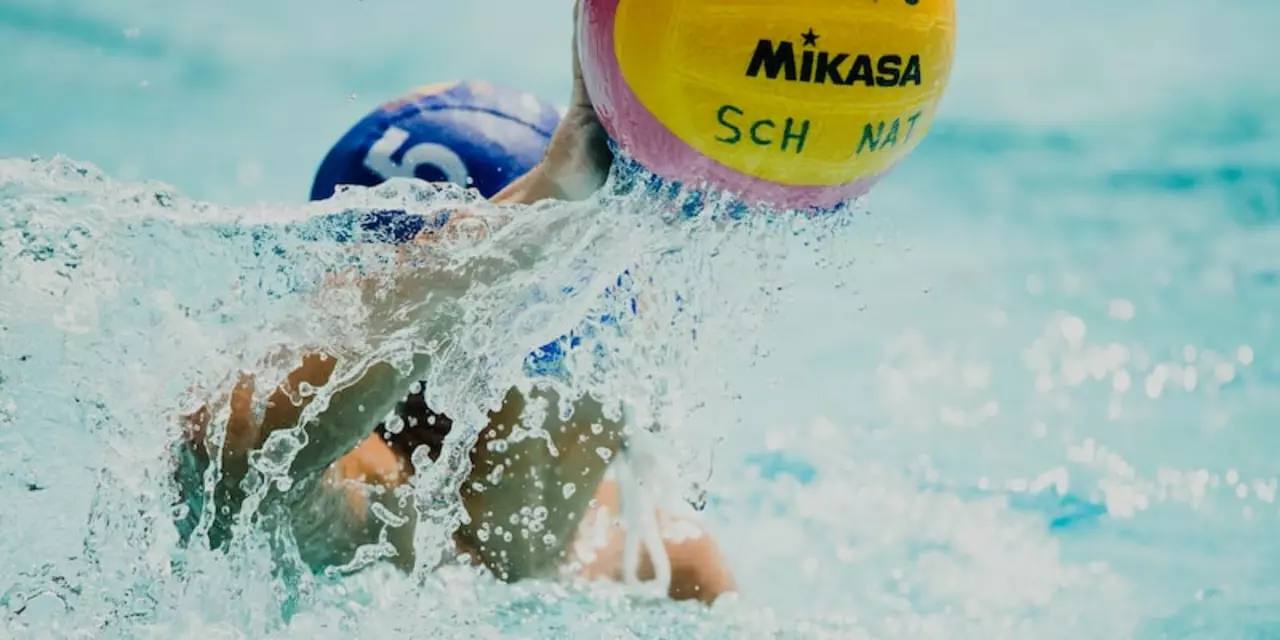Tag: water polo
Hey there, water polo wizards! Now, you may not be the size of a hulking giant, but trust me, size isn't everything in water polo. You can be the David in a sea of Goliaths with the right tactics. Quickness and agility are your secret weapons in the pool. Use your speed to evade the big guys, keep your passing game sharp, and always stay on the move. Remember, it's not about who's the biggest fish in the pool, but who's the smartest! Keep splashing, my friends!
Water polo is a challenging and exciting team sport which requires a combination of physical strength and agility, as well as mental and tactical skill. The three most important water polo skills are ball control, defensive positioning, and offensive strategy. Ball control requires players to be able to accurately pass, shoot, and dribble the ball while avoiding being blocked by opponents. Defensive positioning requires players to understand the opposing team's strategy and quickly adjust their position on the court to prevent the other team from scoring. Offensive strategy involves having a clear plan of attack, including how to move the ball down the court and score goals. These three skills are essential for success in water polo and need to be practiced consistently to ensure success on the field.
Water polo pools have specific requirements for size, depth and width. The size requirements for the pool depend on the level of water polo being played. The minimum depth for a water polo pool is three metres, and the minimum width is 25 metres. The size of the pool should also be adjusted to the number of players in the game. Generally, a pool should be at least three metres deep in the centre and two metres deep at the ends. The water temperature should also be between 26-28 degrees Celsius to ensure the safety of the players.
Water polo is a sport where two teams compete against each other in a pool. The objective of the game is to score points by passing the ball between players and throwing it into the goal. Points can be scored by either team in two ways: by shooting the ball into the goal or by earning a penalty shot. Penalty shots can be awarded for a number of reasons, including when a player is fouled or when the opposing team breaks the rules. In order to maximize the chances of scoring points, teams should practice passing the ball and shooting it accurately. Proper positioning and strategy are also important in order to give the team a better chance of success.



